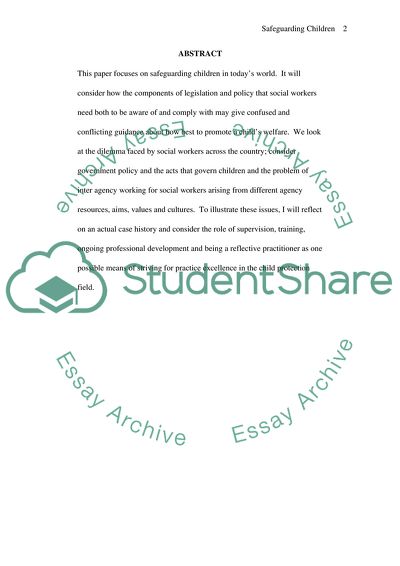Cite this document
(Safeguarding Children in Todays World Case Study, n.d.)
Safeguarding Children in Todays World Case Study. https://studentshare.org/social-science/1703123-safeguarding-children
Safeguarding Children in Todays World Case Study. https://studentshare.org/social-science/1703123-safeguarding-children
(Safeguarding Children in Todays World Case Study)
Safeguarding Children in Todays World Case Study. https://studentshare.org/social-science/1703123-safeguarding-children.
Safeguarding Children in Todays World Case Study. https://studentshare.org/social-science/1703123-safeguarding-children.
“Safeguarding Children in Todays World Case Study”. https://studentshare.org/social-science/1703123-safeguarding-children.


